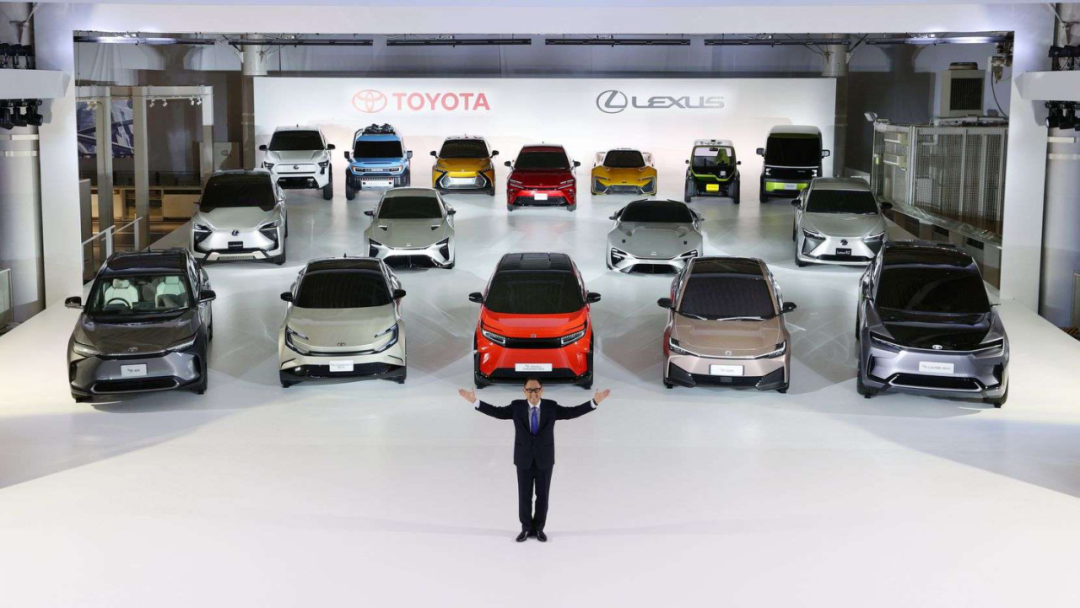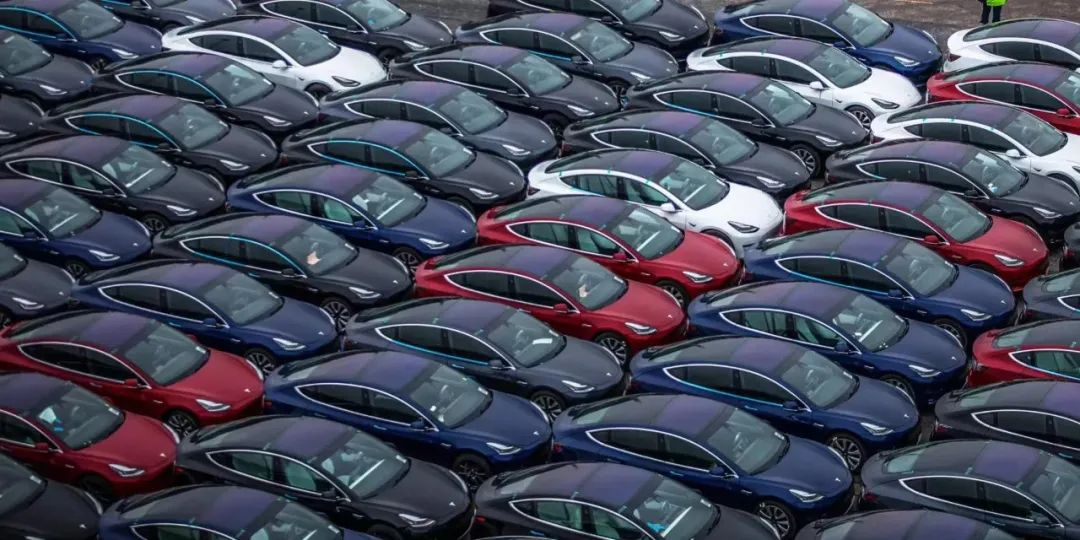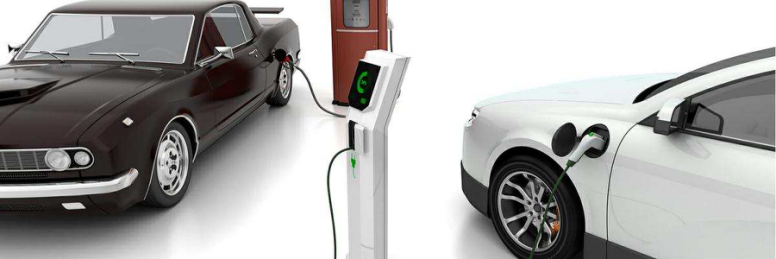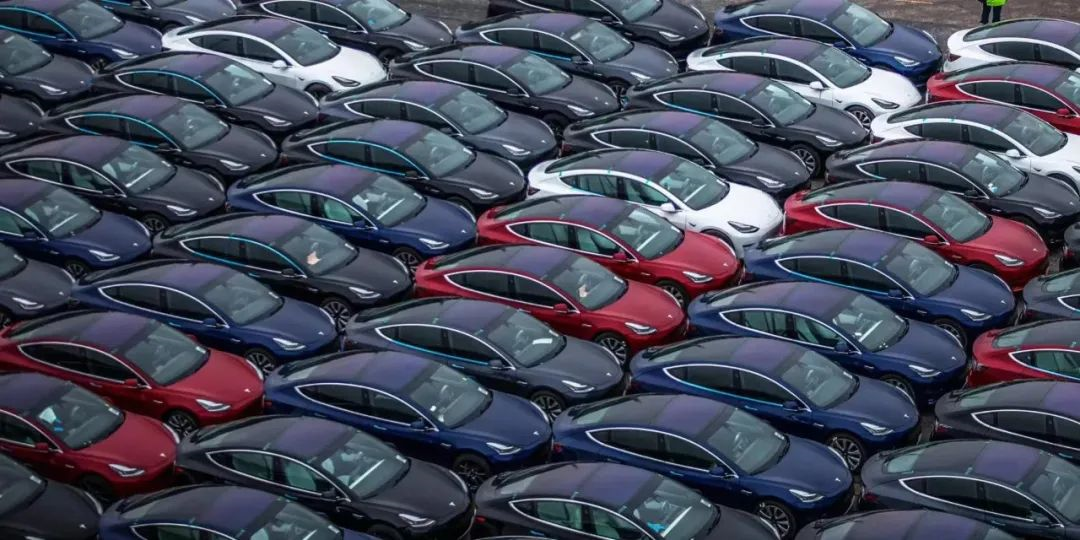Ao Ao Hu
Just after being praised by Musk for being “the most advanced beyond Tesla” in electrification, the big-eyed and bushy-eyebrowed CEO of Volkswagen, Diess, has “betrayed the revolution”.
At the Financial Times Future of Cars Summit last month, Herbert Diess declared that it is still too early for the automotive industry to fully transform to pure electric. Interestingly, Diess also praised his old rival and friend, Tesla, by saying that the pace of their expansion was beyond his expectations, implying that it would be difficult for Volkswagen to catch up with Tesla as a “tight race” by 2025.
On one hand, Diess has gained recognition from his good friend for leading Volkswagen Group to narrow the gap; on the other hand, he suddenly poured cold water on it by saying it was too early to go all-in on electric. What exactly is Diess and Volkswagen trying to do?
Diess is not the only top executive at a traditional automaker who thinks that “it’s too early” to turn to electric. Renault CEO, Luca de Meo, also stated at the same time that it’s not the best answer to fully turn to electric vehicles now. Similar to Volkswagen’s Diess, Renault and Luca de Meo had just “sworn” to invest heavily in the transformation of new energy.
Fortunately, at the same event, when asked “which start-up auto company impressed you the most?” by reporters, Musk did not name Lucid or Rivian, but the German friend, Volkswagen, led by Diess. Although the answer may be merely a polite gesture, being officially recognized by the godfather of pure electric can suppress the “contradiction” between Diess and Volkswagen’s statements to ensure it is not interpreted as “spilling cold water on the industry to win respect” due to their low performance.
Similar cases often occur in traditional carmakers, with Toyota being the typical victim. At the end of 2020, Akio Toyoda criticized electric cars for not being environmentally friendly and economical at the annual meeting of the Japan Automobile Manufacturers Association. Coincidentally, Toyota launched the “first electric vehicle” C+pod at the same time. The car, which features weak data, is actually just a microcar of K-Car in Japan and is now the perfect background panel that netizens use to ridicule Toyota’s electrification efforts.
No one would ask themselves “Would they, as native human beings, not be aware of their statements that poured cold water on electric cars, and make it difficult for their own electric cars to grow and catch up with industry leaders?” Does the audience only understand Tesla when they hear “electric vehicles” and exclude Toyota and Volkswagen’s electric vehicles?
Obviously not because there is no contradiction between “all-in pure electric is too early” and “pushing for electrification with full force”. In their subconscious, there is no conflict between promoting their own electric vehicles and sending warnings to the industry. Pointing out the problems with electric cars at an industry conference today will not delay their efforts to support their own electric cars tomorrow.
If Akio Toyoda’s skepticism about the environmental and economic benefits of electric vehicles has still not been resolved in the online debates, then Herbert Diess’s reasons for it are even more difficult to refute: First, the supply chain is not ready yet; Second, the infrastructure is not ready yet; Third, the global economy cannot afford (a comprehensive transformation).
These three points are like knives that are hitting on the current world that is gradually crumbling in the storm.
The problem with the supply chain is well-known, and the series of price increases since this year have made it clear to everyone. Even in the more optimistic expectations, it will take 2-3 years to return to “normal.” As for charging infrastructure, in terms of both quantity and quality, it lags far behind the surging electric vehicle market. This is a fact that almost every electric vehicle owner (including myself) deeply understands.
Of course, the global economy is a much broader topic, but even if we set aside macroeconomic issues, it is a well-known fact that the root of pollution in nature in the past century is the rapid development of the global economy. Conversely, when we pursue low-carbon, environmental protection, and ESG, economic activities almost always have negative effects.
The polluters are certainly unscrupulous companies, but it is you, me, and everyone else who enjoy low-priced goods from them. Similarly, when we need to allocate some resources to reduce carbon emissions, improve cleanliness, and promote ESG, it also requires everyone in the world to work together – and pay the bill together. Just as when capital pursues ESG and has long abandoned the petrochemical industry, the high oil prices cannot be solved in the short term by any means.

Overseas, this phenomenon has even been given a special term: greenflation, which is a combination of green and inflation, as the name suggests.
Human beings certainly need a better ecological environment, but a better environment also requires us to pay the price; paying the price is inevitable, but the pace of paying the price is within our control – many people are still not aware of this.
As an aside, it is precisely for these reasons that I previously recommended everyone to “buy a car as early as possible.” Of course, the premise is that you have a real need that you can afford and have sufficient risk resistance boundaries.
Contradiction?
Then back to cars. Traditional car companies’ seemingly contradictory attitudes toward electrification are not actually contradictory, but rather a process of weighing between “trend correctness” and “rhythm correctness.” Everyone knows that electrification is the future, and the challenge now becomes when and what resources to invest, in order to see the future sun in the best way-alive.
Today’s Traditional Automakers
When people think of Kodak and Nokia, they often have a sense of “I can handle whatever comes my way.” However, transformation often means temporary low or even negative profits. This means that if the pace of resource investment is out of sync, there is a risk of being unable to keep up with the new era.

In the meantime, the environment is changing. In April of this year, domestic car sales plummeted, and although the share of new energy vehicles increased to a historic 25.3%, sales of both traditional and new energy vehicles fell hand-in-hand. If the proportion of new energy vehicles increases in this way, even the most steadfast supporter of new energy vehicles will be hesitant.
To address these challenges, the 60-billion-yuan purchase-tax reduction program was introduced, which traditionally exempted new energy vehicles from the purchase tax. Thus, the biggest beneficiary of this tax cut is the fuel market, especially hybrid models. If we expand our perspective and prohibit the addition of purchase limits in various regions and significantly increase the purchase quota of many cities with such restrictions, changing the policy from “purchase management” to “use management,” we are also moving in the direction of “maintaining the total volume” and reducing the support previously given to the growth of new energy vehicles.
If the cake is getting smaller, grabbing a large piece of the cake will ultimately be meaningless. Let us not misunderstand that the long-term trend of “new energy” in general, and “pure electric vehicles” in a narrower sense, has not changed. However, the path and pace are changing. For automakers, especially traditional automakers with “homes,” they need to re-evaluate the rhythm of resource investment and the cost of abandonment.
To put it simply: be prepared to jump, but be careful not to jump too soon.

We do not mean to mythologize traditional automakers. Perhaps one day we will see them (or one of them) evaluate the situation and miss the opportunity – this might be a real possibility, but it does not mean that their caution and waiting were wrong. Perhaps we will eventually determine at what point they missed the last opportunity to enter in, but it is highly likely that it is still too early.
Volkswagen and Toyota have enough resources to build a “decent” electric car, but cultivating an electric empire that can compete with Tesla clearly requires more. They need to evaluate when is the best time to go All-in: neither overly burdening their financial situation and current position, nor becoming dinosaurs in the new field. There are too many examples in commercial history of “elephants being difficult to turn,” but how many examples are there of being “too ahead of one’s time (and perishing)?”
Kodak and Nokia were lessons, so were Palm and Newton.
This article is a translation by ChatGPT of a Chinese report from 42HOW. If you have any questions about it, please email bd@42how.com.
